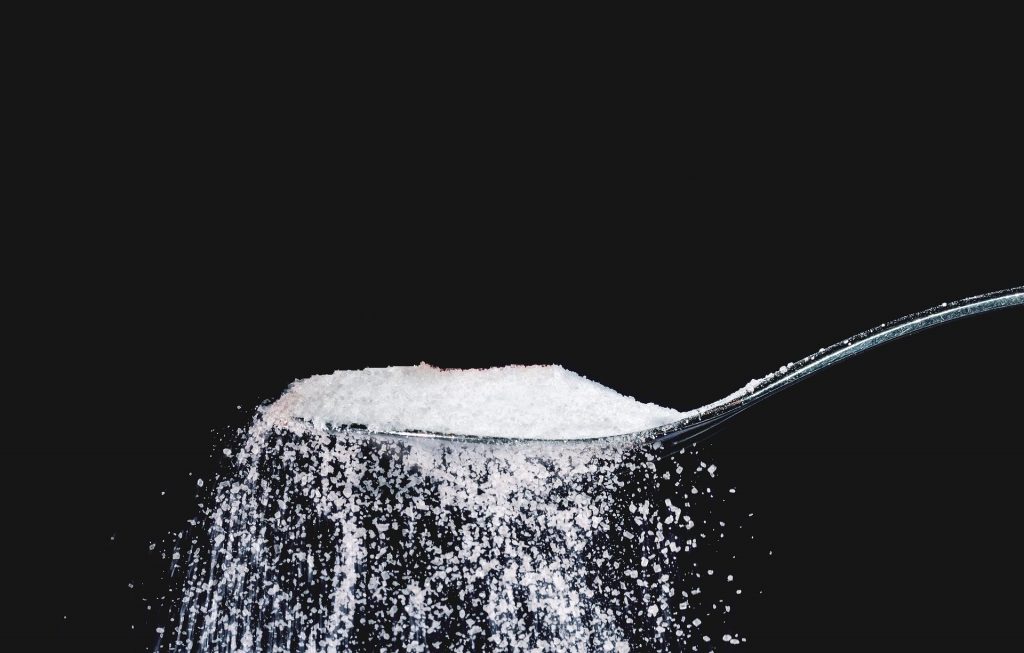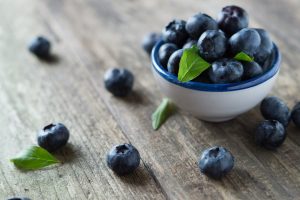Maltodextrin: A Common Food Additive with Potential Health Concerns
If you start reading ingredient lists on a standard run to the grocery store, you will likely encounter maltodextrin in numerous foods. Maltodextrin is also commonly found in supplements and some prescription medications as a filler or to increase bulk. In addition, maltodextrin finds use in beer production to improve the mouthfeel of different products. It’s also commonly encountered in shakes or powders for athletic performance enhancement.
What is Maltodextrin?

Maltodextrin is chemically or enzymatically processed starch that is broken down into shorter chains of sugars (Chronakis 1998). It can be derived from any source of starch, including wheat, corn, potato, rice or tapioca. It’s used in foods as a neutral tasting thickener and adds calories in the form of carbohydrates. While maltodextrin currently holds the FDA classification of Generally Recognized As Safe (FDA 2019), some of the latest research is raising concerns for negative effects on the gastrointestinal tract and beyond.
What Does the Research Show?
Research at the Massachusetts General Hospital appears to be some of the first in uncovering potential negative health effects. Maltodextrin was initially shown to significantly enhance the production of biofilms and adhesion of E. Coli bacteria to the intestinal tract (Nickerson 2012). Adherent E. Coli is commonly found in patients with inflammatory bowel disease and is suspected in playing a part in its development (Darfueille-Michaud 1998).
Animal studies showed that mice fed maltodextrin were more susceptible to gastrointestinal infections from salmonella (Nickerson 2014). Even low doses of maltodextrin increased pathogenic bacterial viability and disrupted the mice’s ability to clear gastrointestinal infections (Nickerson 2014). Follow on studies fleshed out concerns over correlations of processed foods and maltodextrin to the increasing prevalence of inflammatory bowel disease in the general population (Nickerson 2015).
Another research group based out of Europe confirmed the findings in mice, showing that exposure to maltodextrin increased gastrointestinal inflammation, decreased healthy mucous production and increased risks for inflammatory bowel disease (Laudisi 2019). Extrapolating from the evidence, this raises concern for maltodextrin contributing to a number of disease conditions that have gastrointestinal inflammation and disturbances in gut flora as root components (Arnold 2019).
What Can We Do?
The current level of evidence from animal studies is starting to suggest potential problems with maltodextrin, most importantly for individuals predisposed to gastrointestinal problems. However, direct human studies are lacking to confirm the results. If you have a family history of inflammatory bowel disease or a personal history of gastrointestinal issues, maltodextrin may be something worth avoiding. Additional research is needed to better flesh out the concerns and the best approach to maltodextrin in food products.
Conclusion
Maltodextrin is ubiquitous in everyday foods. Estimates show that on average people consume 2.6 food items per day that contain maltodextrin. Supplements are also a common source, and while companies may argue that levels in these products are low, some of the previous research showed low level exposure to maltodextrin was still producing negative effects (Nickerson 2015).
Generally, I recommend patients work to reduce and/or eliminate processed foods from their diet. Maltodextrin is one example of a common processed food ingredient that may be one of the reasons patients notice benefits from reducing or eliminating these types of foods. In future articles, I will touch on other processed carbohydrates that appear to cause inflammation similar to maltodextrin, including processed carrageenan and carboxymethylcellulose.
And as a side note, don’t confuse human research on “resistant maltodextrin” to normal maltodextrin. Resistant maltodextrin may have health benefits as it behaves more like dietary fiber (Hashizume 2012).



